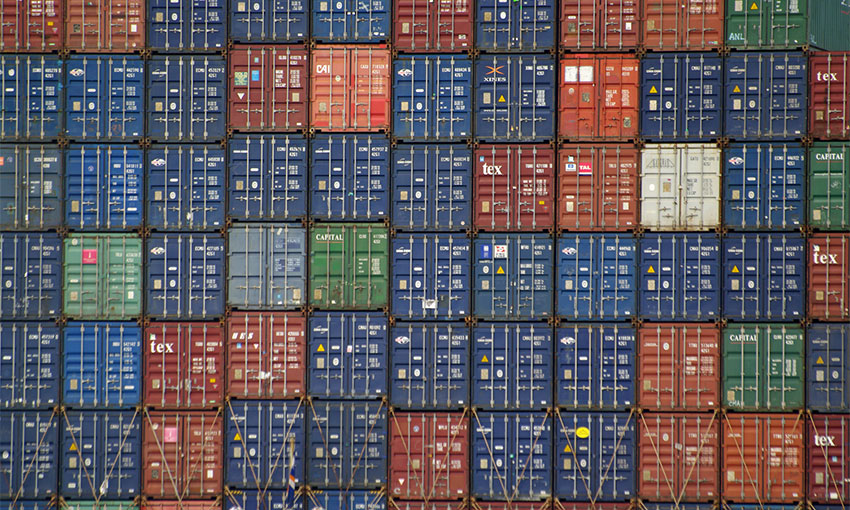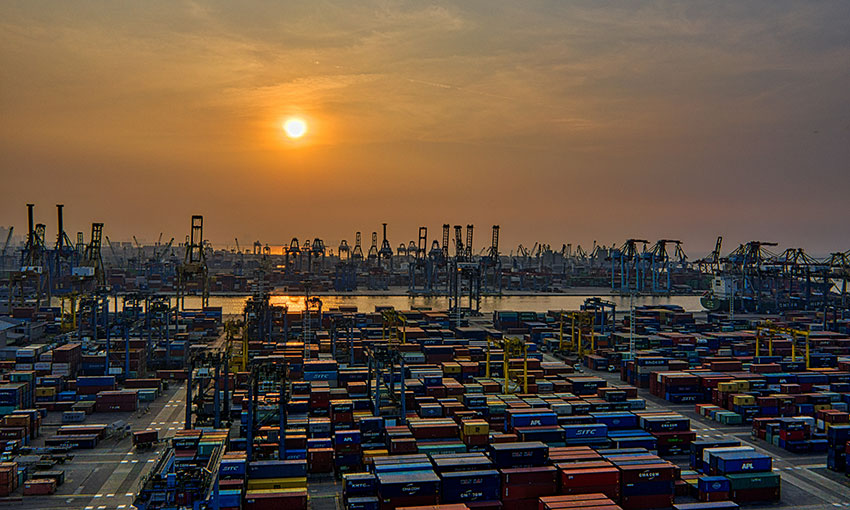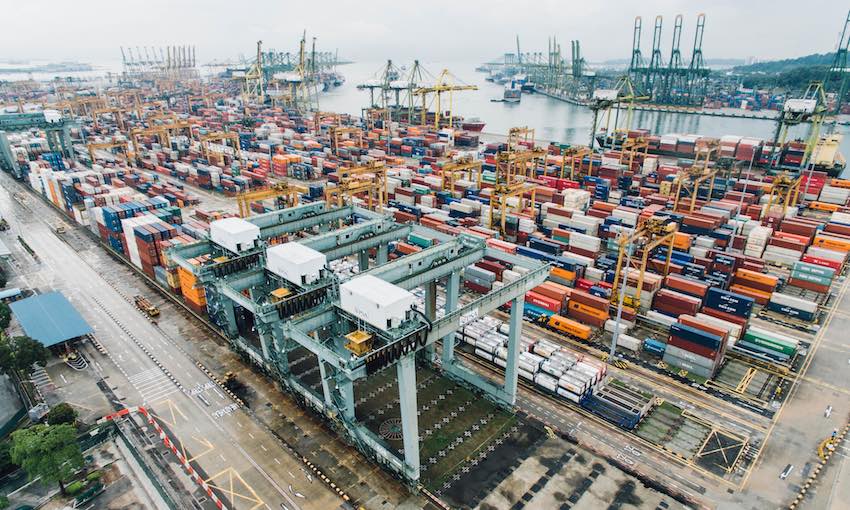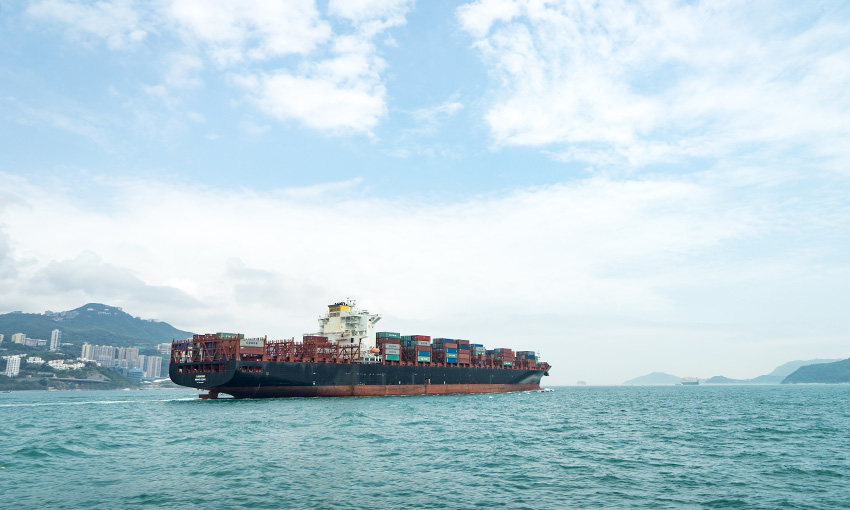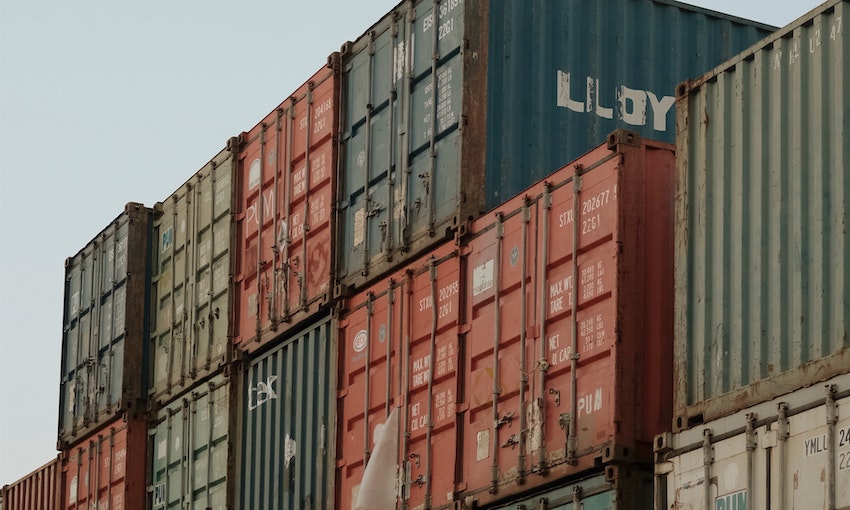PROVISIONAL figures from London’s Container Trade Statistics show Australasia’s containerised imports declined by 2.9% in 2023, but exports grew by 4.2%.
The overall effect was a reduction of 0.8%, from 6,602,500 TEU in 2022 to 6,546,500 in 2023. Both years were well down on 2021’s 6,884,000 TEU in 2021.
CTS obtains its figures from carriers and advises the statistics may be substantially revised when new information and/or corrections are processed.
2023 imports totalled 3,753,700 TEU, representing 57% of containerised trade, while exports reached 2,545.800 (37%). Intra-Australasia accounted for 338,000 or 5% and was down 11% on 2022.
On a trade-by-trade basis – noting that CTS counts North & East Asia and South East Asia as a single trade – the ‘Far East’ took a 71% share of total exports and rose 5.6% year-on-year to 1,754,600 TEU. Imports (71%) grew 1.7% in 2023 to 2,652,300 TEU.
Europe (7% of exports) slipped 8.1% to 168,800 TEU, and imports (17%) by 12.5% to 623,400 TEU
North America (9% of exports) fell 2% to 218,600 TEU but imports (7%) dived by 21.9% to 260,800 TEU.
By contrast, Middle East/Indian Sub-Continent exports (10% of total) rose a significant 17% to 251,200 TEU. Imports (4%) were also up, by 5.1% to 157,600.
Minor trades, to sub-Saharan Africa (2%) and Latin America (1%) fell by 12.6% to 45,700 and 23.9% to 15,900 respectively. Imports from those areas were up 9% and down 4.2% respectively.
According to CTS, all-in rates from Australasia to the rest-of-the-world were down by between 40% and 60% for the last quarter of 2023, compared to 2022, and import rates were down by up to 70%, but the differences between the two years were narrowing.

